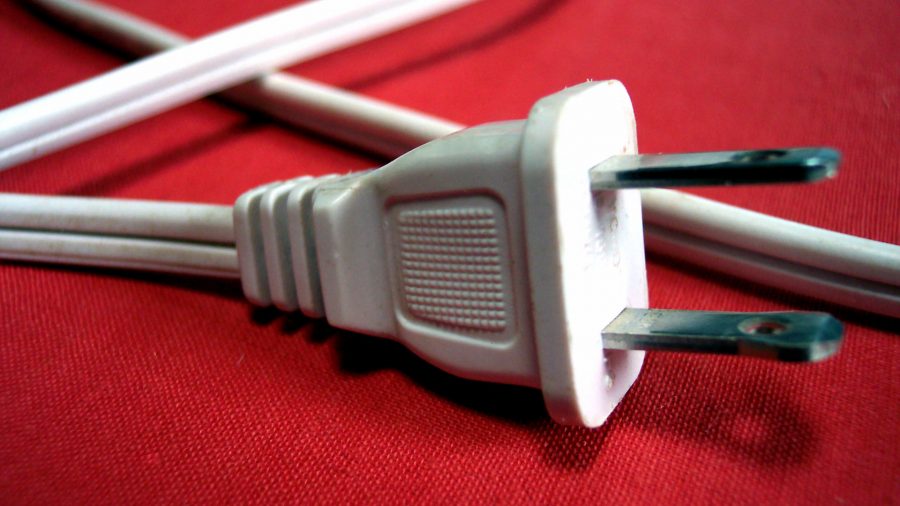Unless you are a motor enthusiast, you might not know much about electric vehicles (EVs). With so few of them driving on Australian roads, you might wonder if there is something wrong with them. In fact, by far the biggest problem is price. And second, the Australian government offers little incentive to pay extra for electric cars.
We need incentives
According to analysts, shifting to electric is a big psychological move that governments have to support. For example, when Denmark dropped incentives in 2016, sales of EVs plummeted compared to 2015.
In fact, Australia stands out among western countries for having next to no incentives for people to purchase EVs. Following the lead of other countries, these kinds of incentives are necessary:
- Direct purchase subsidies
- Reductions in stamp duty
- Federal tax breaks
- Federal funding of charging points
- Lower licence and toll fees
- Special driving lanes.
At the moment, only the more well off or committed motorists can afford EVs and there is little infrastructure for them to be certain of avoiding “range anxiety”.
EVs cost too much
The most affordable EV in Australia is the Nissan Leaf at around $39,990. While this is already much lower than its launch price of $51,500, it is still double the cost of a standard Toyota Corolla. The reason EVs cost so much more is because fewer of them are bought and sold than petrol-fuelled vehicles.
It’s a Catch-22: because we don’t buy them, they remain expensive. Because they are expensive, we don’t buy them.
It is also true that petrol prices have been relatively low recently, so motorists have had less incentive to stop using liquid fuels. Some argue that using electricity to run a vehicle is no different from using petrol, as long as that electricity comes from a predominantly coal-fired grid.
As well as environmental credentials, EVs have fewer moving parts so are easier and cheaper to service. This is not so positive for dealers. EVs also have in-built safety features that make them safer to drive and cheaper to insure.
Still using petrol
Yet experts claim most of the world’s new cars will run on petrol for at least the next two decades. They are also watching Asia closely, where demand for petrol-fuelled vehicles is growing rapidly. Consultancy firm, FCG, expects only 10% of the world’s vehicles to be electric by 2040 – even 13 years ahead.
In Australia, there is no reason why we could not buy more EVs, if federal and state support were there. In fact, what EVs really need in Australia is a plug.


your opinion matters: